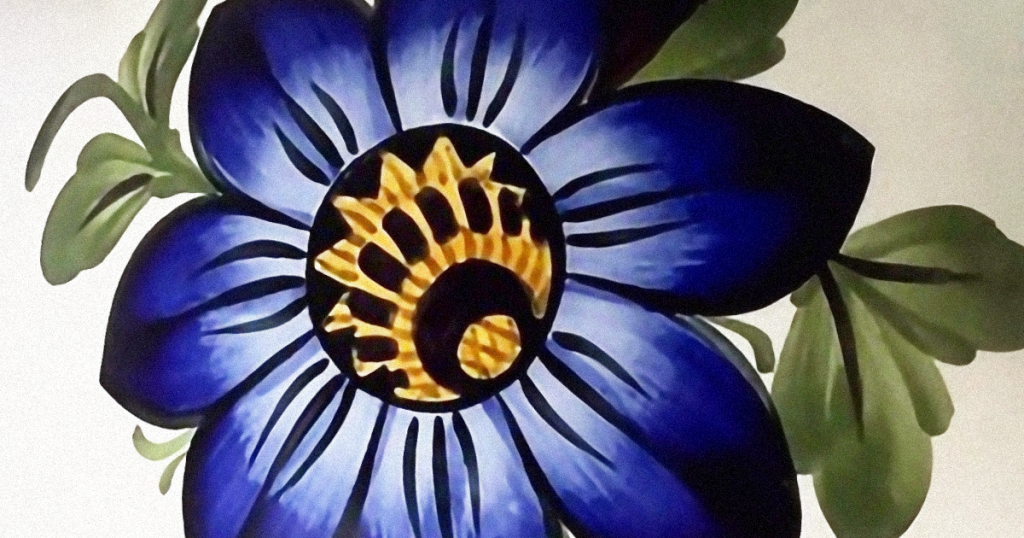
Aluminia
The Danish Pottery with a Royal Touch
Philip Schou founded Aluminia in 1863. A Copenhagen based company that made faience or earthenware pottery. Aluminia had a long and rich history, and in 1882 it purchased the Royal Copenhagen porcelain factory, which later merged with Aluminia in 1969. Aluminia pottery is known for its variety of styles, colors, patterns, and shapes, and it is highly sought after by collectors and enthusiasts.
What is Faience?
Faience is a type of pottery that is made from clay mixed with quartz or sand, and coated with a tin-based glaze that gives it a shiny and colorful surface. Faience is different from porcelain, which is made from kaolin clay and fired at high temperatures, and stoneware, which is made from clay with a high iron content and fired at lower temperatures. Faience is usually lighter, softer, and more porous than porcelain and stoneware, and it can be molded into various forms and decorated with various techniques.
Some of the techniques used to make faience include salt glazing, which involves adding salt to the kiln to create a glossy and textured surface; tin glazing, which involves applying a white tin oxide glaze to create a smooth and opaque surface; and majolica, which involves painting designs over the tin glaze with colored oxides. Faience pottery has been produced in different regions and periods, such as ancient Egypt, where it was used for funerary and ritual objects; Italy, where it was influenced by Islamic art and became popular in the Renaissance; France, where it was developed in the 17th century by Bernard Palissy; and England, where it was introduced by Dutch potters in the 16th century.

The History of Aluminia
Aluminia was founded in 1863 by Philip Schou, who was a businessman and a politician. He bought an old soap factory in Christianshavn, a district of Copenhagen, and converted it into a pottery factory. He hired skilled workers from Germany and France to produce faience pottery for the domestic market. Aluminia soon became one of the leading pottery factories in Denmark, competing with other factories such as Bing & Grondahl and Royal Copenhagen.
In 1882, Schou bought the Royal Copenhagen porcelain factory, which was founded in 1775 by Frantz Heinrich Müller under the patronage of Queen Juliane Marie. The two factories were operated independently under their respective trade names until 1969, when the use of the Aluminia name was ended. Since then the products have been sold under the mark “Royal Copenhagen Denmark Fajance”.
Aluminia faced many challenges throughout its history, such as fires, wars, economic crises, and changing consumer tastes. However, it also achieved many successes, such as winning medals at international exhibitions, expanding its production facilities and markets, developing new styles and collections, and collaborating with talented artists and designers.
Some of the notable artists and designers who worked for Aluminia include Christian Joachim, who was the artistic director from 1901 to 1944; Nils Thorsson, who was the artistic director from 1949 to 1975; Johannes Hedegaard, who was a sculptor and a designer of figurines; and Kari Christensen, who was a painter and a designer of modernist pottery.
The Styles and Collections of Aluminia
Aluminia produced a wide range of styles and collections of faience pottery over the years, reflecting the artistic trends and influences of different periods. Some of the most popular and distinctive styles and collections are:
- Art Nouveau: This style emerged in the late 19th century and was characterized by organic forms, flowing lines, floral motifs, and soft colors. Aluminia produced Art Nouveau pottery from 1898 to 1910 under the direction of Christian Joachim. Some examples are vases with iris flowers or poppies.
- Art Deco: This style emerged in the 1920s and was characterized by geometric shapes, bold colors, exotic motifs, and metallic accents. Aluminia produced Art Deco pottery from 1924 to 1935 under the direction of Christian Joachim. Some examples are vases with peacock feathers or sunbursts.
- Tenera: This collection was launched in 1958 under the direction of Nils Thorsson. It featured hand-painted designs by various artists such as Berte Jessen, Inge-Lise Koefoed, and Marianne Johnson. The designs were inspired by nature
